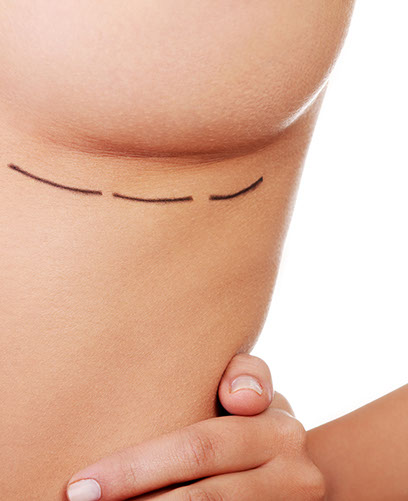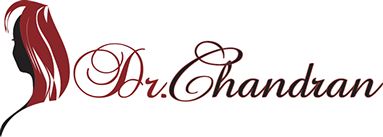210 - 206 Wellman Crescent Saskatoon, SK S7T 0J1 Aesthetic Consultations & Inquiries - 306.665.5005 Other Inquiries - 306.384.8001

Mastopexy (Breast Lift)
With time, breasts can lose their shape and firmness. This can lead to sagging and droopiness of the breasts and lowering of the nipples to an undesired position. The sagging of the breasts can be made worse by breast feeding, pregnancy and weight loss. With a mastopexy, it is possible to improve the droopiness of the breasts, remove excess skin and the raise the position of the nipples. Sometimes, breast implants may need to be used in conjunction with the mastopexy to achieve the desired results.
Types of Mastopexies
- Periareolar mastopexy - incision is around the areola and the entire breast (including the nipple) is moved up. The shape of the breast is improved with this surgery. This technique is usually used for mild to moderate droopiness of the breast.
- Vertical mastopexy - also called a “lollipop” mastopexy. The surgical scar is around the areola and vertically downwards. The breast is reshaped and the nipple is raised through this incision
- Wise-pattern mastopexy - also called “anchor” mastopexy. This is the traditional, most commonly performed mastopex worldwide. This is used for larger or very droopy breasts. The final results are an improved shape in the breast, raised nipple position and an upside down “T” or “anchor shaped” scar.
Surgery and Recovery
Generally, the surgery takes about 2-3 hours and is an outpatient surgery. It is done under general anesthesia. There are dissolvable stitches, waterproof skin tapes, gauze dressings and a surgical bra. You can shower the next day after surgery after taking the gauze and bra off. Leave the skin tapes on until you see Dr. Chandran. You must wear the bra for 6 weeks except for showering. Recovery time is between 2-6 weeks depending on how active your lifestyle is. You should not do any exercise that involves the upper body for 6 weeks.
Risks
Scar – The scars are usually pink and bruised for several weeks. They will start to fade in a few months until they are quite unnoticeable. Sometimes, the scars can be slightly raised, wide or sensitive.
Bleeding (hematoma) – It is rare to have bleeding. Occasionally, we have to return to the operating room to stop any bleeding.
Infection – The risk of infection is about 1% but it can be increased in smokers. It may require antibiotics and/or more surgery.
Asymmetry– Although Dr. Chandran will try to make the breasts and nipple position symmetrical, it may not be possible to make them identical. This may be especially true if the breasts are not identical pre-operatively. In clothes and bathing suits, this asymmetry is rarely noticeable.
Wound healing difficulties – can happen along the incision because of tension or poor blood supply. Incision separation and wound healing difficulties are much more common in smokers.
Altered nipple sensation – The sensation in the nipple can be decreased or increased. Most of the time, this is temporary but
rarely, it can be permanent.
Nipple necrosis – This is extremely rare with mastopexies but theoretically possible. The risk is increased in smokers.
Blood Clots – There is a rare risk of forming blood clots in the legs that can travel to the lungs. This can be life threatening. Dr. Chandran takes precautions to minimize the risks by applying stockings, calf pumps and possibly giving blood thinners.
Other rare complications may arise and they may be discussed during your consultation.
Dr. Chandran Plastic, Reconstructive & Aesthetic Surgery 210 - 206 Wellman Crescent Saskatoon, SK S7T 0J1 Aesthetic Consultations & Inquiries - 306.665.5005 Other Inquiries - 306.384.8001 Contact Us
